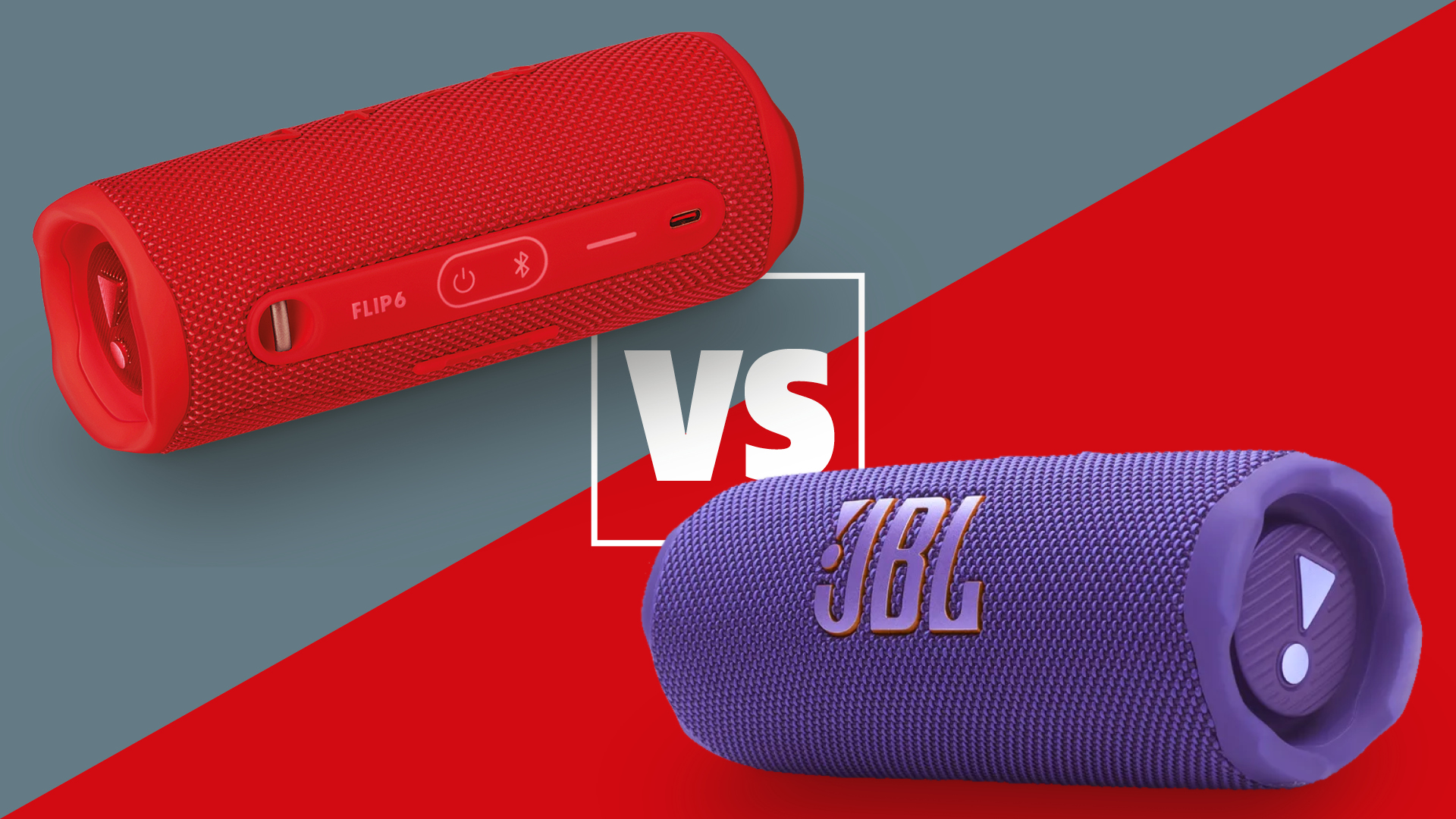
Power: 35 watts
Bluetooth: 5.4
Features: Auracast, IP68 rating, USB-C lossless audio, AI Sound Boost, stereo pairing
Connections: USB-C for wired audio and charging
Battery Life: 14 hours, 16 with Playtime Boost
Dimensions (hwd): 6.9 x 18.3 x 7.1cm
Weight: 826g
The Flip 7 might just be the best Flip ever thanks to its class-leading sound, build, design and feature set.
For
- Sonically better than Flip 6
- Skilful handling of dynamics and rhythms
- Excellent build – IP68 rating beats Flip 6's IP67
- More features include Auracast and lossless USB-C audio
Against
- Can't pair with older generations
- No supplied USB-C cable
Power: 30 watts
Bluetooth: 5.1
Features: Stereo pairing, IP67 rating
Connections: USB-C charging
Battery Life: 12 hours
Dimensions (hwd): 17.8 x 6.8 x 7.2cm
Weight: 550g
The Flip 6 has been surpassed by its successor in most of the areas that matter, but it's still a great speaker in its own right. Plus, with age comes more and more discounts...
For
- Impressive clarity and sonic precision
- Lovely build
- Useful equaliser feature
Against
- Can be critical of source and recording quality
- JBL Flip 7 is a better performer with more bass
- No aux-in / USB-C wired listening
There’s a new Flip in town, and it's another winner. The JBL Flip 7 adds a bigger sound, AI smarts, a more robust design and a longer battery life, earning a five-star review and winning its spurs as the best Bluetooth speaker of its type that you can get for around £130 / $150 / AU$170.
So why would you consider its predecessor, the Flip 6? Well, it’s still a five-star speaker, so you're not going to be short-changed sonically, and now that a new model has arrived to take over the reins, its price will probably drop to tempting new lows as it slowly rides off into the sunset.
If you're wondering which speaker is right for you, we have broken down the key performance areas so that the Flip you buy doesn't turn out to be a flop.
JBL Flip 7 vs JBL Flip 6: price
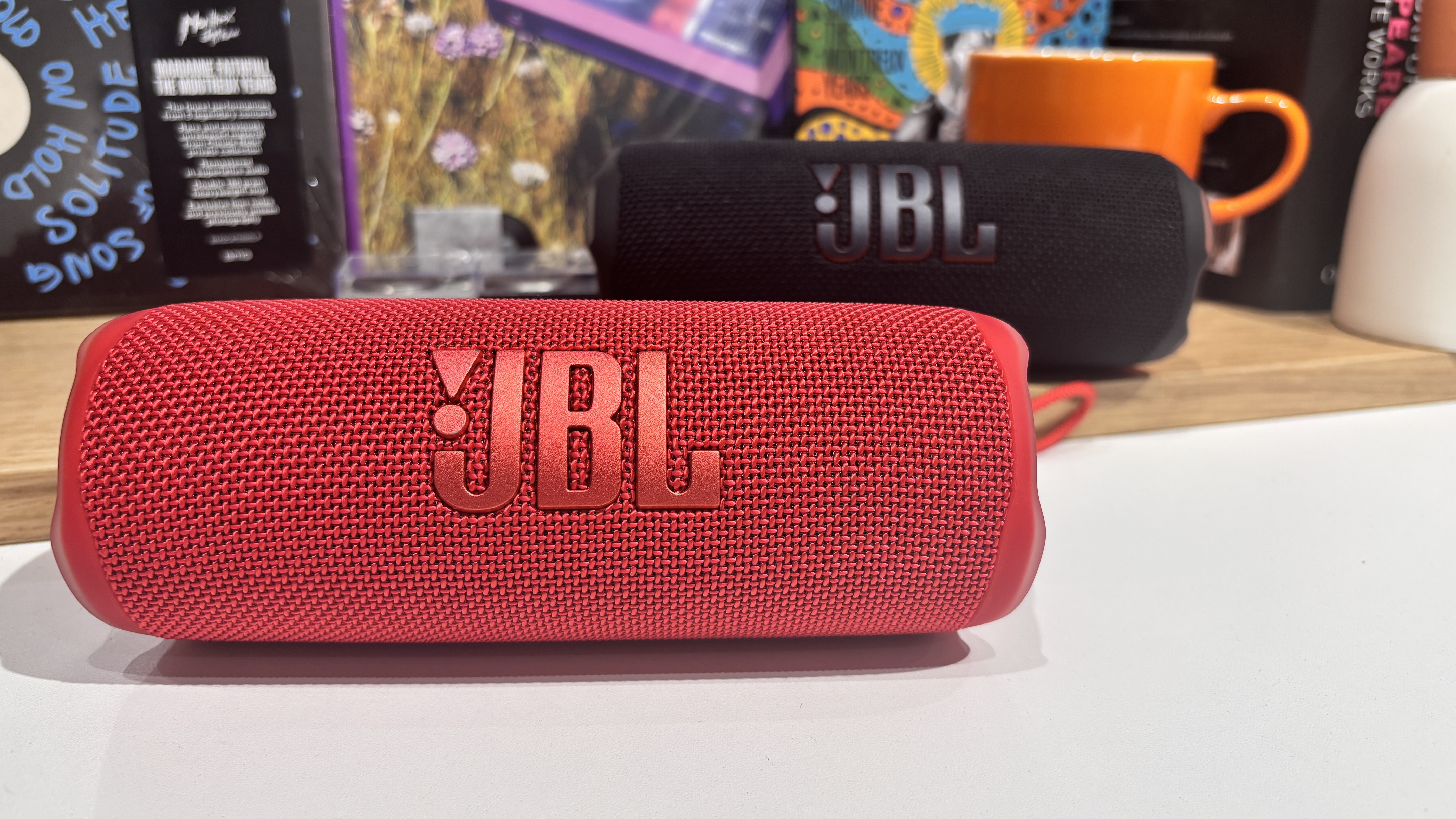
The recently announced JBL Charge 6 had a price rise over its predecessor, so we feared the Flip 7 would do the same. Thankfully, that didn't happen, in the UK at least.
The Flip 7 has the same £130 launch price as the Flip 6, but in the US the price has risen from $130 to $150. It's good news for our Australian friends, though, as they will have to pay just AU$170 when the Flip is available in July, a decrease from the Flip 6's AU$200 launch figure.
Speaking of which, the Flip 6 hasn't stuck at the same price since it launched in 2022. It recently fell to a new low price of £88 / $80 / AU$113, numbers which are significantly down on its £130 / $130 / AU$200 launch figures.
End-of-life products tend to get big discounts to make way for their replacements, so it could drop even further in the coming months before it enjoys its retirement.
** Winner: JBL Flip 6**
JBL Flip 7 vs JBL Flip 6: design
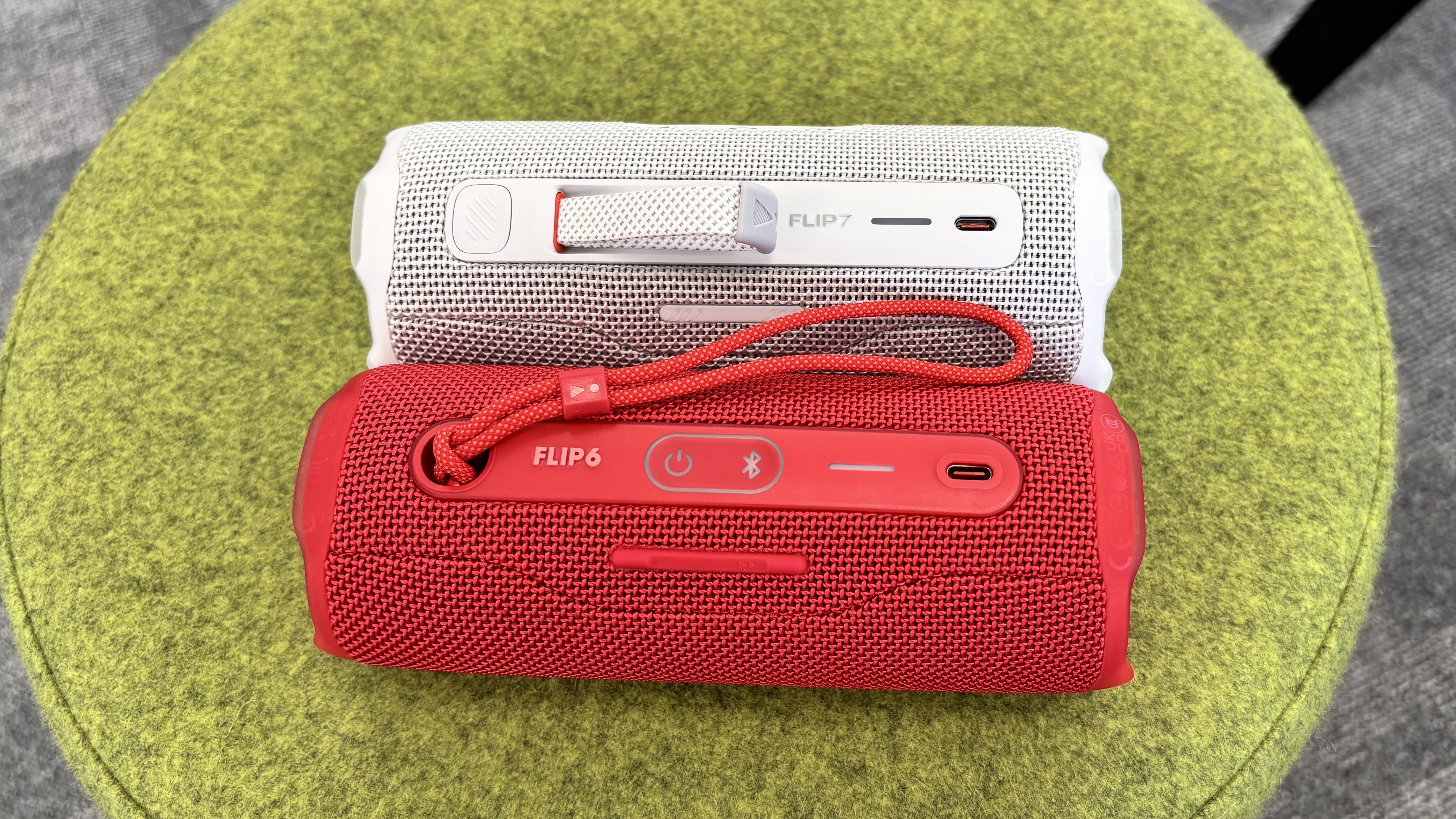
Externally, it’s pretty tough to tell the JBL Flip 6 and the new Flip 7 apart. When placed side by side and viewed front on, there hasn’t been a monumental rewriting of the rulebook for the seventh iteration of the beloved line. They are both roughly the same size and weight, with the new version retaining the iconic burrito shape that has defined the Flip series. The sides are accented by rugged rubber on the edges of each speaker, while those iconic passive radiators pulse away at the ends when you whack up the volume on your bassiest tracks.
There are, of course, some key differences from one generation to the next. Atop the new Flip 7 sits the usual trio of volume down, play/pause and volume up buttons, with a separate panel housing a Bluetooth symbol for pairing, a power button and a new paperclip-cum-triangle which represents the newer iteration’s Auracast capabilities; you don’t get those on the sixth-gen speaker. We find the layout of the new unit a bit easier to navigate, as not having everything in one line makes for a slightly less cluttered experience.
Again, these may look like near-identical units from certain angles, but the Flip 7 has been away on a rain-soaked boot camp to bolster its outdoorsy credentials. The established Flip boasted an impressive IP67 water and dustproof rating, but JBL has upped the ante for the sequel by bestowing a mighty IP68 certificate upon the new boy. They are both immensely tough and tenacious adventurers, but the added security of the Flip 7’s IP68 rating is hard to ignore – most speakers at this level max out at IP67 if they’re lucky.
Then we have the matter of accessories. The Flip 6 comes equipped with a ‘built-in’ adjustable carry loop, whereas the Flip 7 offers the choice of either a small fabric finger loop or a carabiner hook. Attaching or detaching accessories is akin to clicking in a seatbelt – each attachment slots into a recessed port on the unit’s underside and can be popped out using an adjacent release button. We like the carry loop of the Flip 6, but having three options with its successor – carabiner, finger loop or nothing at all – is a really nice touch.
The Flip 6 is a lovely little burrito, but the latest iteration's tougher build and increased usability have made it all the tastier.
** Winner: JBL Flip 7**
JBL Flip 7 vs JBL Flip 6: features
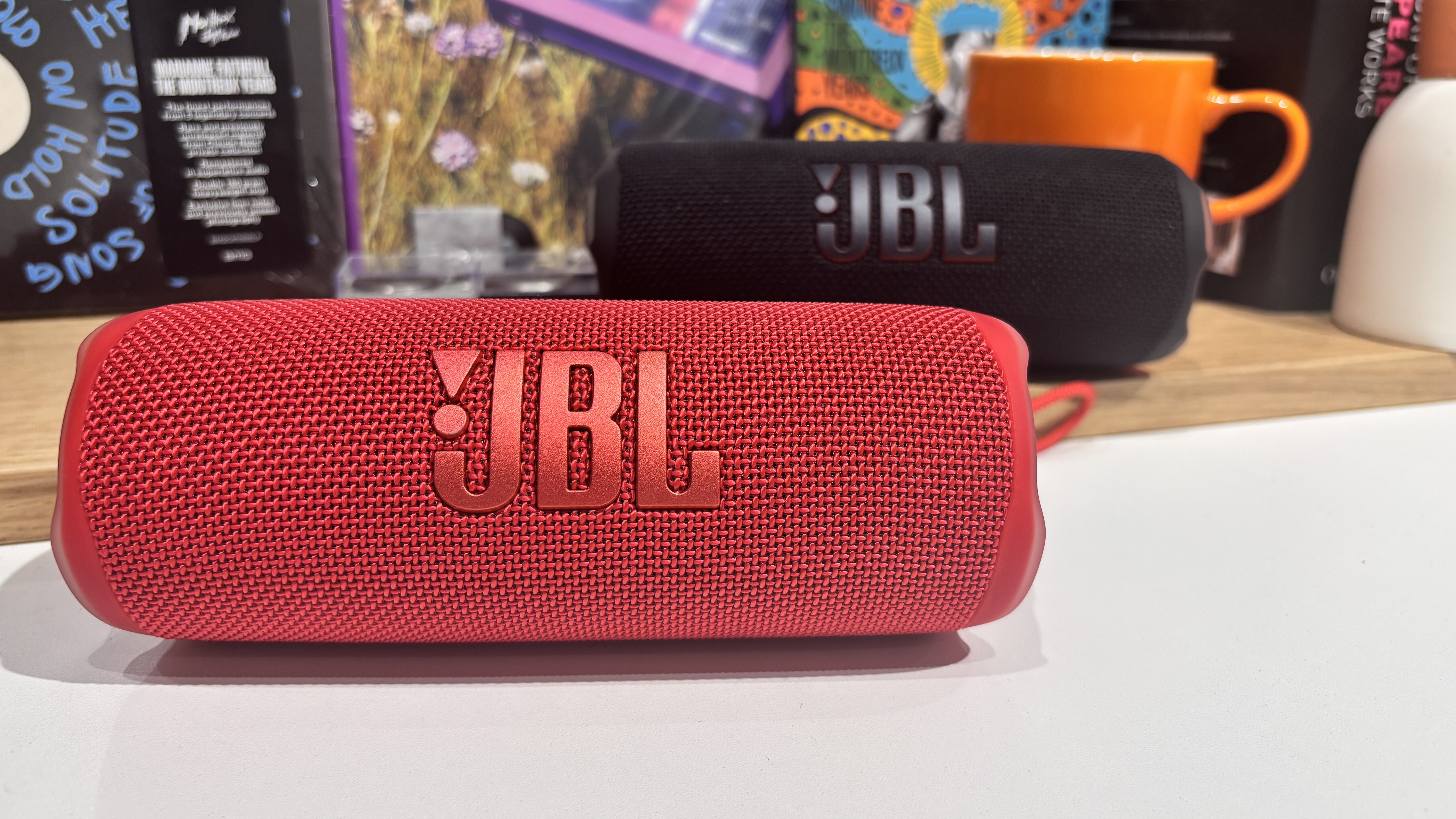
The Flip 6 isn’t badly appointed with features, but it’s the one area in which we didn’t award the tubular titan a five-from-five rating during our tests. We were a little irked to find that there was no microphone for conducting voice calls; nor is there any auxiliary-in for wired listening. A battery life of 12 hours is about par for this particular course, whereas a charging time of 2.5 hours won’t have you climbing the walls as you wait to get juiced up again.
Gratifyingly, the Flip 7 has taken things to the next level. The seventh-gen Flip offers Auracast functionality, the clever Bluetooth tech which lets you pair two Flip 7s together in stereo or hook up multiple Auracast-compatible units in tandem. In fact, you can add a near-infinite number of recent JBLs together in party mode if you so choose, though it’s worth reiterating that you can’t hook up a Flip 6 with a bunch of newer JBL speakers to form one big party; its lack of Auracast capabilities excludes it from such meet-ups.
JBL has bolstered the battery life of the Flip 7, though there’s a small caveat here. The newer speaker will furnish you with 16 hours on a single charge – four more than the Flip 6 – but stretching to that figure is far more likely with JBL’s ‘Playtime Boost’ mode switched on. This feature extends your speaker’s battery life but affects the amount of bass it will produce.
If you were disappointed by the sixth-gen Flip’s lack of an aux-in, the bad news is that the Flip 7 doesn’t have one either. The good news, however, is that it offers 24-bit/96kHz lossless audio playback via USB-C and a suitable source player. Which means JBL is bringing back listening to the Flip via a physical tether. It’s not a tricky process, either: hold down the speaker’s ‘play’ button as you plug in a USB-C cable and a cheery tone will inform you that you are now in wired playback mode.
It’s worth noting that both generations of the Flip use the JBL Portable App – not to be confused with the new JBL One app which manages the Authentics series of wireless speakers, various soundbars and many of JBL’s 'Party' speakers. It’s a platform that we like very much, offering access to the likes of a three-band equaliser for the Flip 6 and a seven-band EQ for the Flip 7, as well as party mode speaker curation, settings management and access to key vitals such as current battery life.
Oh, and taking voice calls using the Flip 7? Sorry, it doesn’t have a microphone either.
** Winner: JBL Flip 7**
JBL Flip 7 vs JBL Flip 6: sound
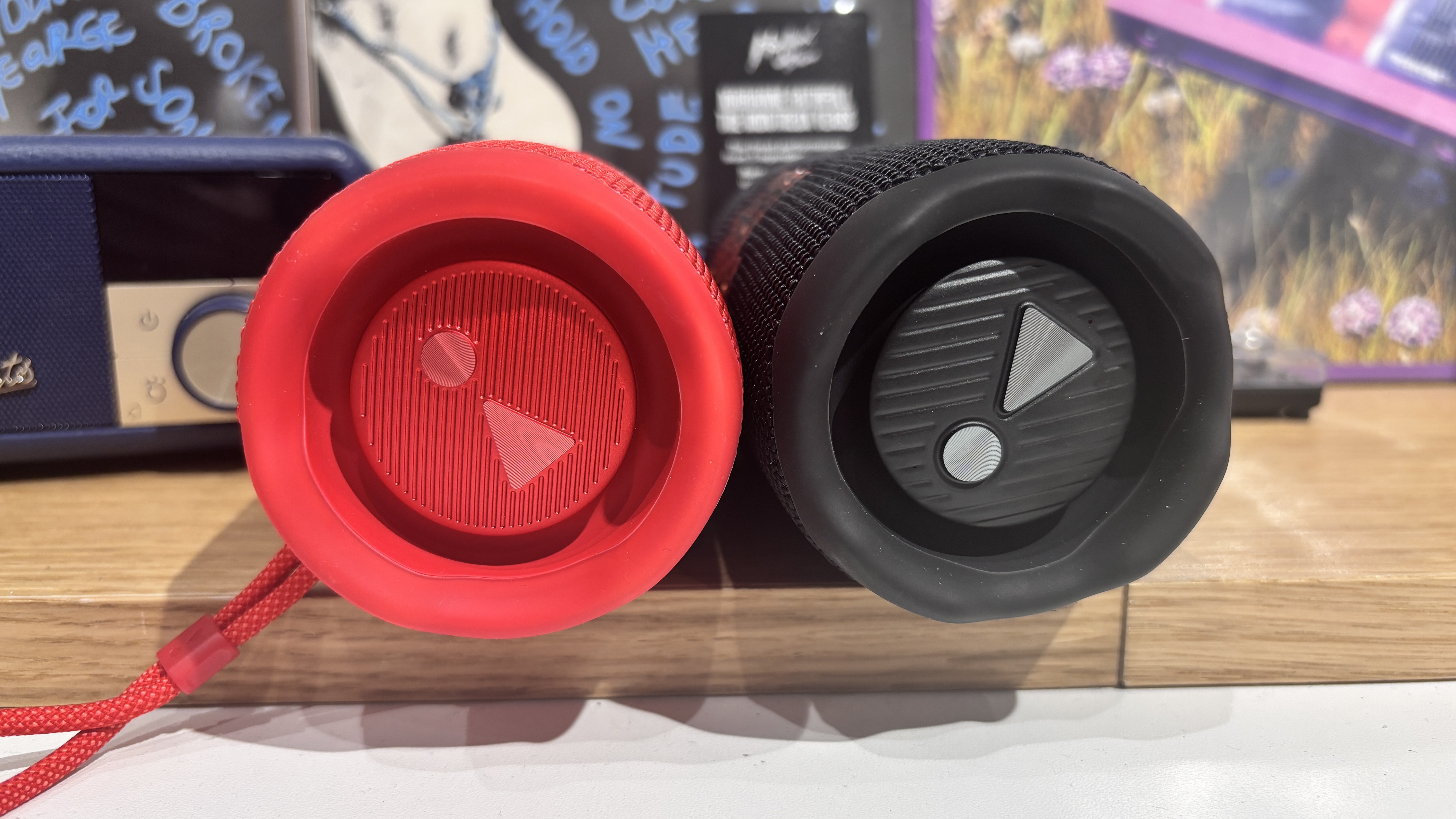
The internal changes made to the Flip 7 don’t make it a ‘tear down and rebuild’ sort of a job. Still, JBL has teased out a crisper, clearer high-frequency reproduction thanks to the seventh-generation unit’s updated tweeter dome design; it has also improved overall performance courtesy of 'AI Sound Boost' a proprietary technology for analysing soundwaves to optimise the speaker's sonic output without distortion. There is also more power going to the woofer, with 25 watts over the 20 provided by the older Flip.
The results are hard to deny. The Flip 7 picks up the gauntlet laid down by the Flip 6 and positively sprints with it, improving performance levels in most of the meaningful ways we can imagine. That’s no mean feat – the outgoing speaker has proven itself to be a superb listen, melding energy and spaciousness with levels of cohesion and dynamism that few rivals have been able to match. It was, until the new model came along, the best in its class.
The Flip 7 is smoother and more refined than its progenitor, making the older model seem slightly hard-edged and unforgiving by comparison. The Flip 7 has what you might call genuine musicality, bringing out the subtleties of, say, a bluesy guitar with a deadly combination of accuracy and flair, all bolstered by authentic and clear vocal reproduction. The Flip 6 remains an excellent performer texturally, though, grabbing hold of elements such as emotive vocals or pensive piano keystrokes without sounding overstretched or synthetic.
Dynamically, we feel that the seventh-generation model is the best Flip we have heard, really stretching with more elasticity than evidenced with previous generations. You can discern the varying levels of force from guitar strums, drum patterns or lyrical passages, while rhythmic patterns are more effectively teased out to grant tracks a more palpable feeling of propulsion. That’s not hurt, of course, by the Flip 7’s more impressive lower-end output.
For our money, the Flip 7 outstrips the five-star Flip 6, putting you in the picture with more insight, clarity and detail. As we say in our review: “Instruments enjoy more bite and body this time around, with music benefitting from a layered, uncluttered soundscape that sounds professional and capable without losing out on a feeling of fun.” The Flip 6 is still excellent, especially at its reduced price, but it isn't in the same league.
USB-C listening doesn’t exactly hurt, either. The Flip 7’s clear qualities are amplified by the addition of lossless audio via USB-C, so that digging out compatible tracks on Tidal reveals a more open, detail-rich performance that benefits from greater precision, texture and clarity than a wireless connection can manage.
** Winner: JBL Flip 7**
JBL Flip 7 vs JBL Flip 6: verdict
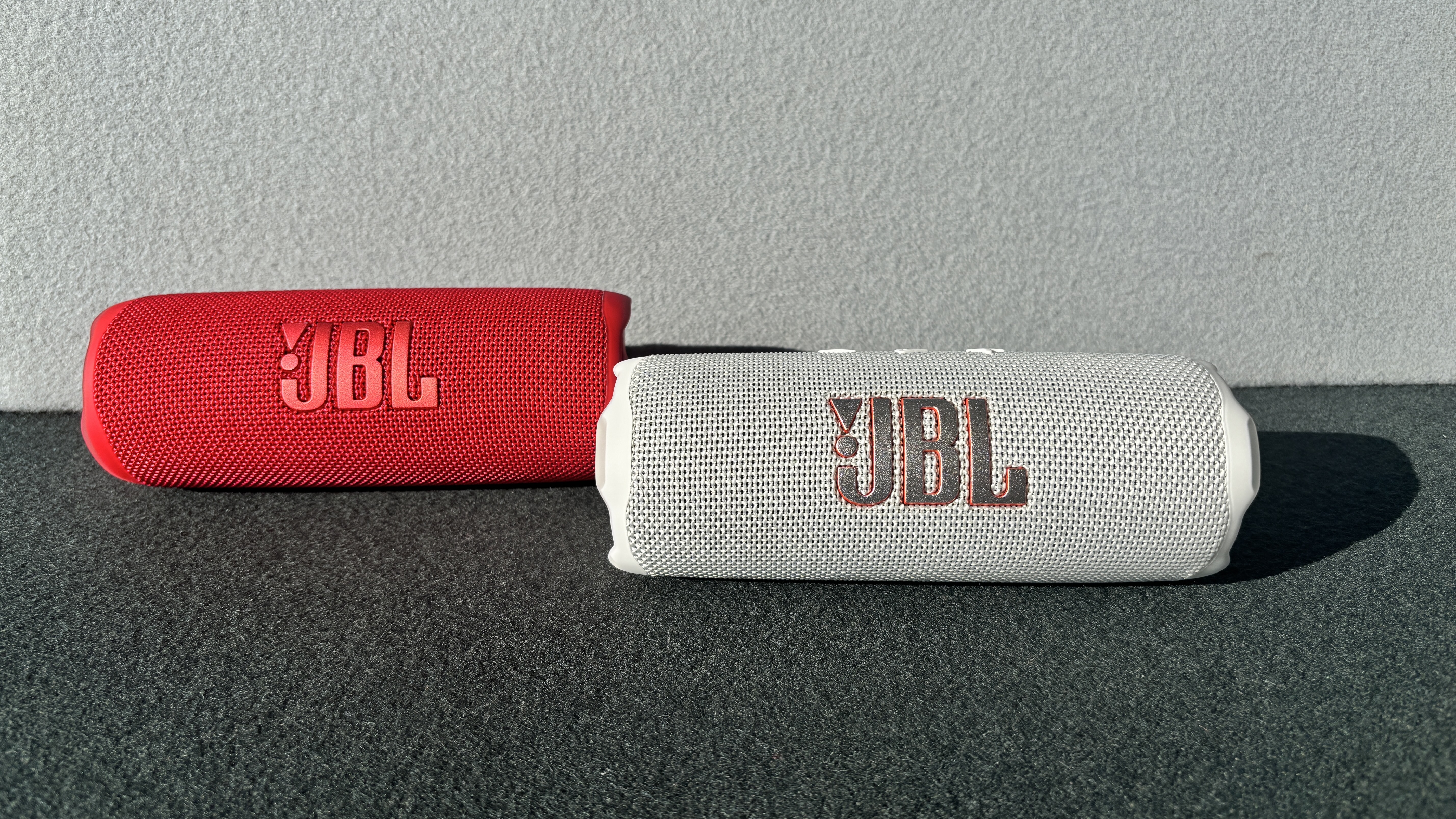
The Flip 6 was, and is, a very good Bluetooth speaker. It has been a five-star mainstay on our list of the best Bluetooth speakers (and many other rundowns) for more than two years, beating the competition with its class-leading build and excellent sound.
For us, the Flip 7 is a serious evolution for the line. Everything that matters has been improved, from making the design even more rugged to adding neat usability features and taking the sound to the next level. The Flip 6 is the cheaper option now that it’s no longer a spring chicken, but for outright performance, the new iteration is our new golden boy.
MORE:
Bose SoundLink Max vs Xtreme 4: which Bluetooth speaker is better?
Charge 6 vs Charge 5: what's new?
These are the best Bluetooth speakers you can buy







